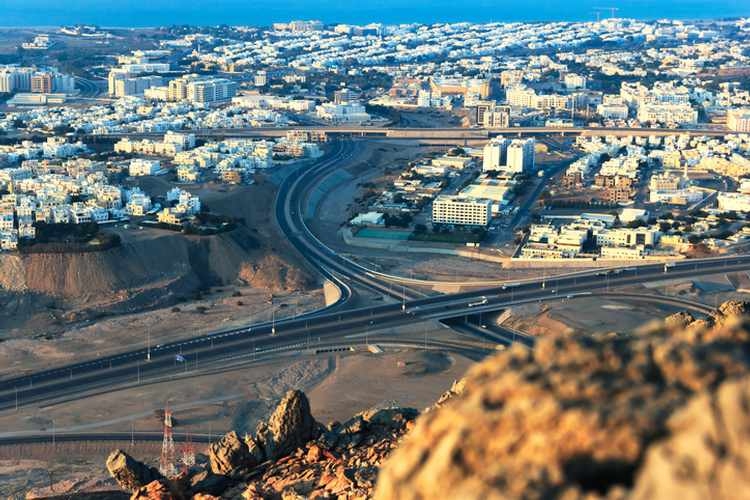Wednesday, July 24, 2019
Zawya – Fitch affirms Oman’s rating at “BB+” with a stable outlook
By Arun Leslie John in 'Century in News'

The ratings agency forecasts a widening of Oman’s fiscal deficit to around 10% of GDP in 2019
Fitch Ratings has affirmed Oman’s long-term foreign-currency issuer default rating (IDR) at ‘BB+’ with a stable outlook.
The rating took into consideration the country’s “undiversified economy, high fiscal and external deficits and debt ratios against relatively high GDP-per-capita and other strong structural features relative to ‘BB’ category peers,” Fitch said in a statement.
“Oman’s sovereign external asset position remains for now stronger than other ‘BB’ category sovereigns, supporting the government’s financing flexibility,” it stated.
The ratings agency forecasts a widening of Oman’s fiscal deficit to around 10 percent of GDP in 2019, noting that a “moderation” in oil prices will offset spending cuts and gains in non-oil revenue.
Oman’s state budget plan forecasts a deficit of 9 percent for 2019, or 2.8 billion rials, slightly more than last year’s actual deficit of 2.65 billion rials.
The sultanate’s government slowed spending growth in 2019 budget. Spending this year is projected at 12.9 billion rials ($33.5 billion), compared to 12.5 billion rials in the 2018 budget. A spending growth of about 3 percent, compared to nearly 7 percent in the 2018 budget.
In a report published last week, Oman’s National Centre for Statistics and Information announced that the deficit narrowed in the first five months of the current year to 358.4 million rials ($931 million), down from 1.1 billion rials a year earlier.
Budget revenue rose more than 15 percent year-on-year in the first five months of 2019, while spending dropped 4.3 percent. According to Fitch, Oman’s oil revenues are also under pressure from its voluntary commitment to The Organization of the Petroleum Exporting Countries (OPEC), which is constraining average oil production slightly below the 2018 level and well below capacity.
“Continued spending restraint, the introduction of VAT in the second half of 2020, and revenue gains from the new Khazzan gas field and potential increases in oil production could narrow the deficit to below 7 percent of GDP by 2021,” it noted.
On Oman’s non-oil economy, Jean Paul Pigat, head of research at Lighthouse Research told Zawya that he doesn’t see much in the current data or the near-term outlook to be optimistic about.
“Government spending is being restrained, which removes a key lever of growth,” he said.
“The weakness in the macro backdrop combined with ongoing efforts at lowering unemployment levels is also resulting in sharp declines in expat employment similar to what has been seen in Saudi Arabia, but whereas KSA has several PIF-backed mega projects to fall back on, this isn’t the case in Oman,” Pigat added.
The Omani government estimated a 10.1 billion rials of revenues for the full year 2019, assuming an average oil price of $58 per barrel, which implies a budget deficit of 9 percent of GDP.
Brent oil prices have dropped close to 4.66 percent in July but remain well above the assumed $58 price, trading last near the $63 level. Brent prices added 27.12 percent in the first quarter of 2019.
Last month, Oman introduced a new tax on sugary drinks and tobacco products.
Disclaimer: This article is provided for informational purposes only. The content does not provide tax, legal or investment advice or opinion regarding the suitability, value or profitability of any particular security, portfolio or investment strategy.
Source: zawya.
__1614499204.jpg)
__905295794.jpg)
__1390687031.jpg)
__1412863196.jpg)
__901852523.jpg)










